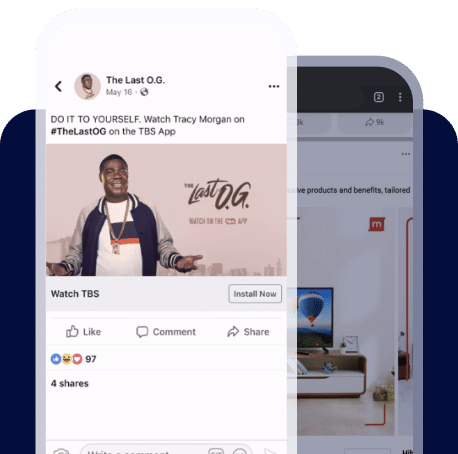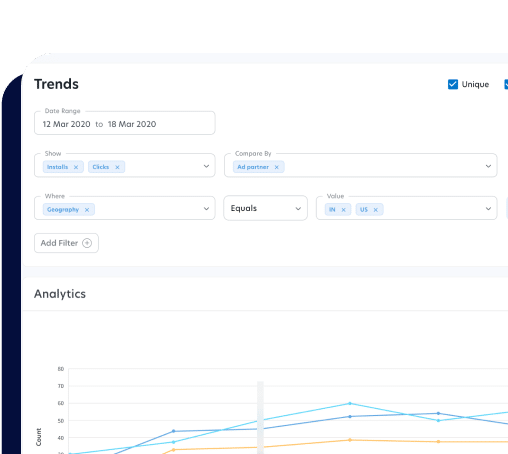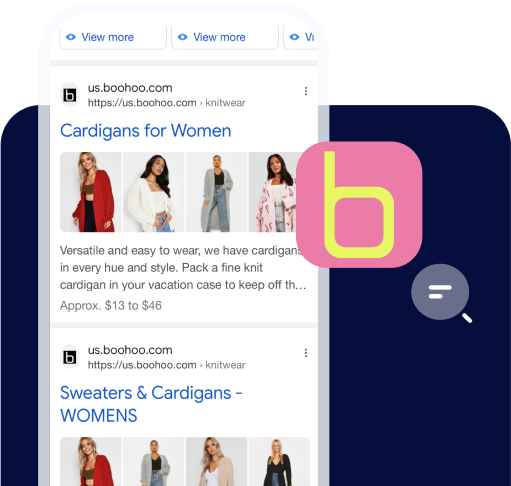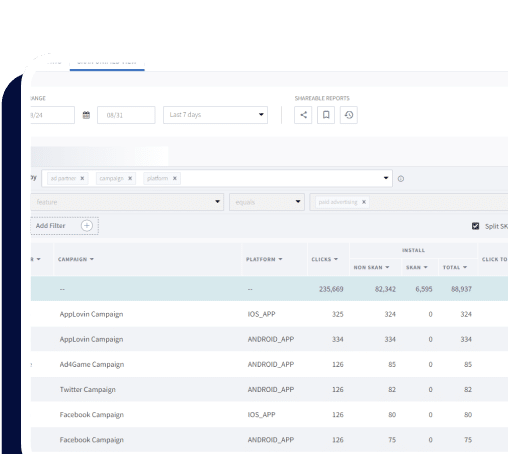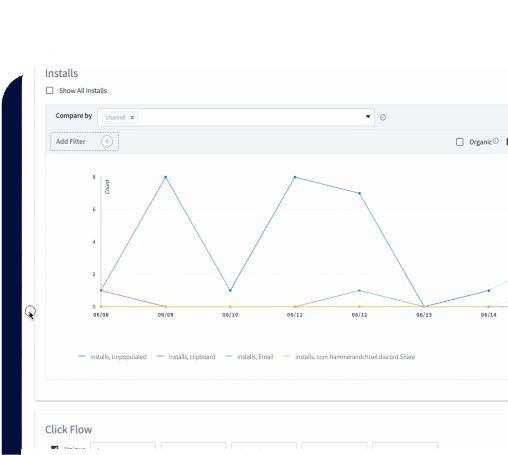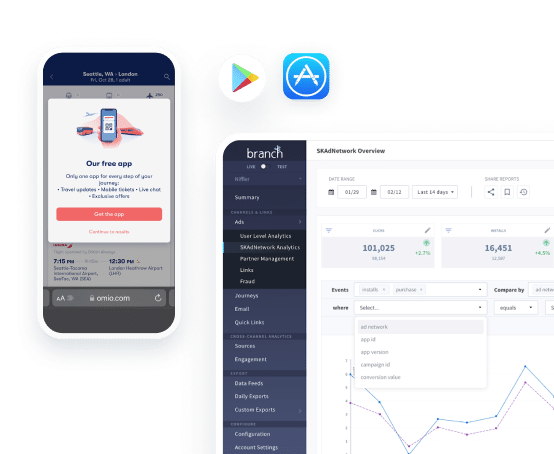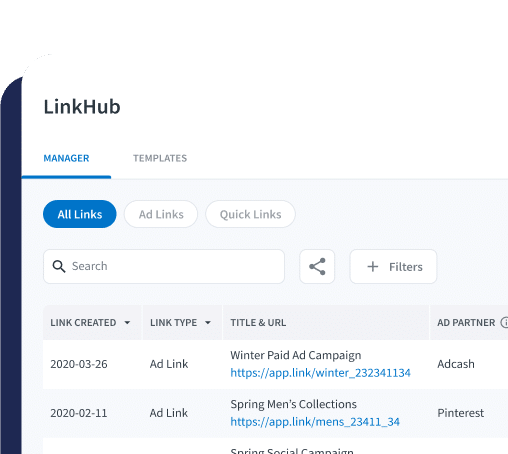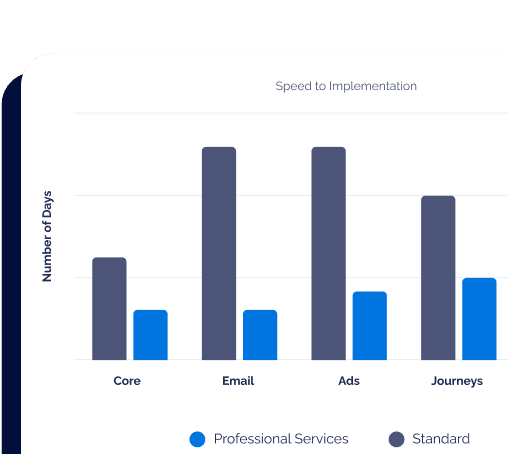MOBILE ADVERTISING FRAUD
How to prevent mobile ad fraud
Stop fraudsters from undermining marketing efforts and draining ad budgets
Request a demoWhat is mobile ad fraud?
Businesses count on mobile advertising to reach and engage their target audiences, drive brand awareness, and generate revenue. However, bad actors can derail a business’ best-laid plans with mobile ad fraud.
Mobile ad fraud refers to any fraudulent activity that artificially boosts key mobile ad metrics, like the number of views on a mobile ad or the number of clicks and installs it generates. This fraud can be carried out by bots or automated software, as well as by individuals (fraudsters) who are paid to manipulate a mobile ad’s engagement numbers.
By inflating click through rates (CTRs), impressions, and conversions, mobile ad fraud leads to wasted advertising budgets and reduced return on advertising spend (ROAS). It can cost marketers a significant amount of money since they pay per user click and conversion. When reported engagement isn’t genuine, marketers pay for fraudulent clicks and installs that don’t actually generate revenue.
It’s important for marketers and advertisers to monitor their ad campaigns for signs of fraud so they can stop fraudsters from undermining their marketing efforts and draining their ad budgets.
Click fraud
The first is click fraud, which involves generating fake clicks on online ads with the goal of driving up the cost of advertising. Click fraud includes click spamming, which is when individuals or bots repeatedly click on ads with the intention of inflating ad metrics and driving up ad costs.
Click flooding
Similar to click spamming, click flooding involves generating an excessive number of fraudulent clicks on an ad within a short period of time to skew ad performance measurement. Fraudsters deploy automated scripts to overwhelm the ad with high click volume, misleading marketers into thinking an ad has higher engagement metrics than it actually has.
Click injection
Click injection is another common kind of click fraud. It entails injecting a fake click into the attribution process, immediately before a user installs a mobile app. By making it appear as if the fraudulent source generated the last click before an installation, the fraudster takes credit for the app install and associated revenue. Click injection distorts the measurement of ad campaign effectiveness and can lead to misallocation of advertising budgets.
Ad stacking
Ad stacking is another type of mobile ad fraud that involves placing multiple ads on top of each other within a single ad placement to confuse a legitimate user into clicking the wrong one. By stacking ads, fraudsters inflate the number of impressions and interactions reported. Ad stacking is a type of impression fraud that fabricates false ad impressions when an actual human never saw the intended ad. Other techniques include hidden or invisible ads, or using bots to generate fake impressions.
Phone farms
Mobile ad fraud can either be perpetrated by bots or by large networks of fraudulent, human users in click farms or phone farms (also known as device farms). Phone farms use a collection of mobile devices to generate fake ad impressions, clicks, or installs. Left unchecked, they can wreak havoc on businesses relying on mobile ads for revenue.
Protection from click fraud
Help is available in the form of click fraud protection, which can ensure that brands are only paying for real clicks and installs rather than their fake counterparts.
Fraud prevention platforms can monitor ad campaigns for out-of-the-ordinary patterns of clicks and conversions that could point to fraud. By using machine learning algorithms and artificial intelligence, fraud protection software can flag suspicious patterns and user behavior for further review. If an investigation reveals fraudulent activity, the software can block fake users and even flag devices that are known to be associated with scammers.
Fraud protection software is constantly learning to stay one step ahead of bad actors. By leveraging the data it collects, the software continuously improves its fraud detection capabilities. This ensures that marketers can feel confident their ads are reaching actual users, while maximizing their return on advertising spend.
Best practices for mobile ad fraud prevention
Brands can take steps to reduce their risk of mobile ad fraud. First, it’s important to work with established publishers and ad networks that have a good reputation in the industry and operate respected and legitimate ad delivery systems.
Second, don’t just launch an ad campaign and forget about it. It’s essential to monitor ad campaigns for signs of fraud, such as unusually high click through rates, conversation rates, and install rates that don’t correlate with ad costs or revenue. This can help marketers spot any fraudulent activity early before it becomes a larger problem.
Next, marketers need to stay current on the latest fraud tactics and schemes across the industry, so they know what existing and emerging threats to look for. If they identify a known fraud threat, they can proactively block it and implement other cybersecurity measures — such as two-factor authentication — to safeguard their campaigns. Fraud prevention platforms can help automate these security features and provide another level of protection from scammers.
Finally, marketers should consider using ad verification services to ensure the quality and accuracy of their digital advertising campaigns. With real-time insights into ad performance, marketers and advertisers can confirm that ads are being displayed to real users instead of bots, in the right context.
Preserve your marketing budget this year and beyond
The total cost of ad fraud is expected to reach $100 billion by the end of 2023 — and ad fraudsters develop new techniques to work around regulations and prevention software every day. To preserve marketing budgets and ad spend, brands need to be aware of the latest threats and take measures to reduce their vulnerability.
Ready for cutting-edge mobile ad fraud protection?
Ad Fraud: How is this still a thing and how can I stop it?

How to Prevent Mobile Ad Fraud

Mobile Ad Fraud Impacts and What To Do About It

